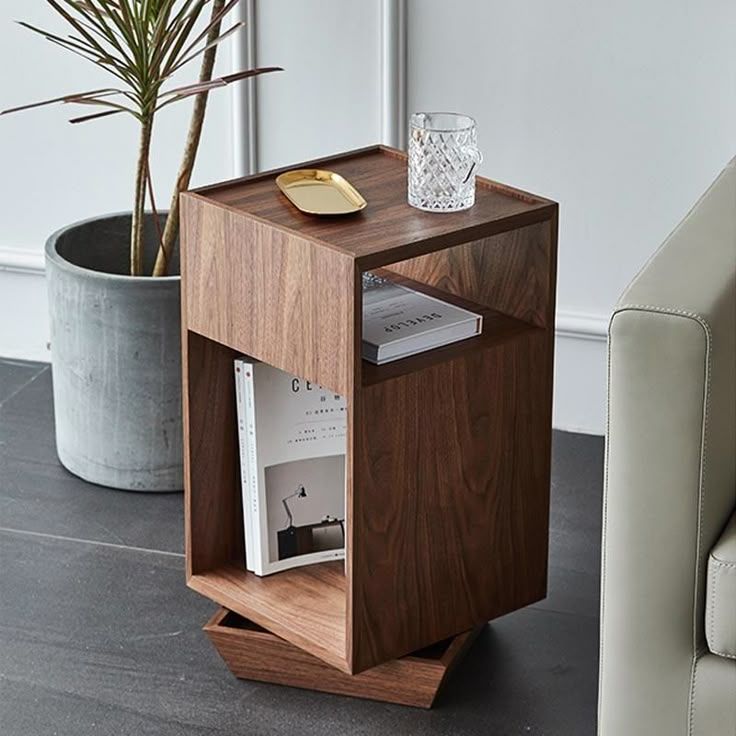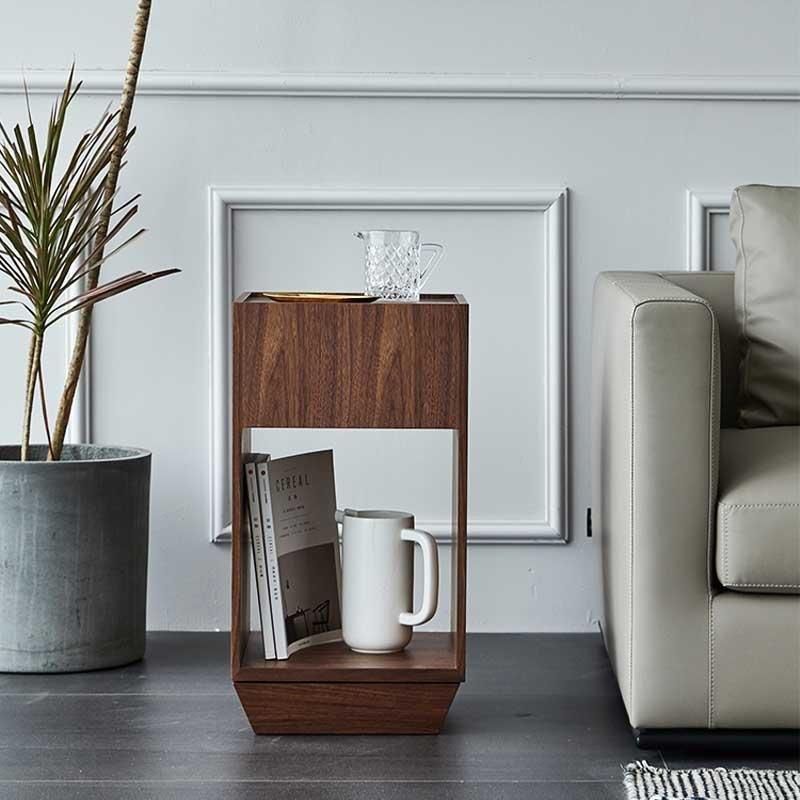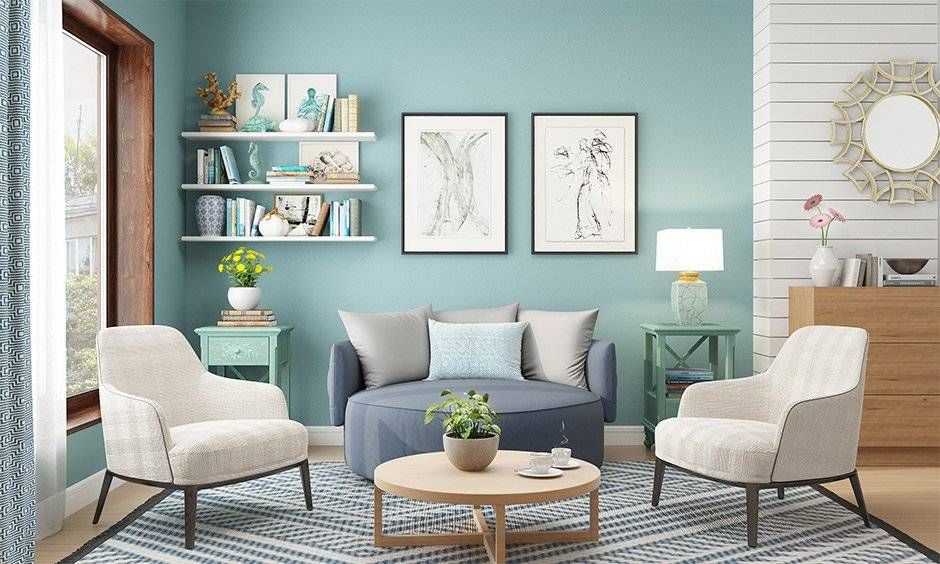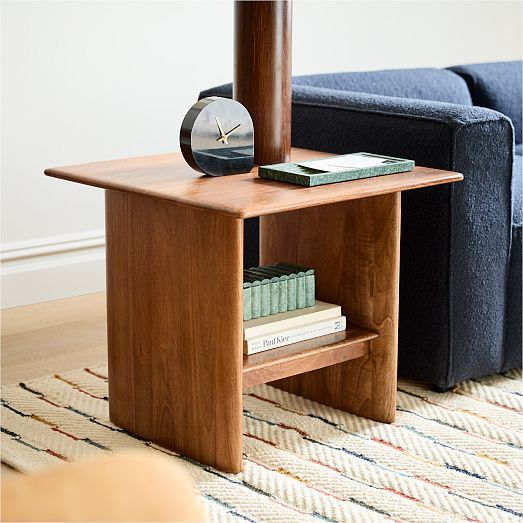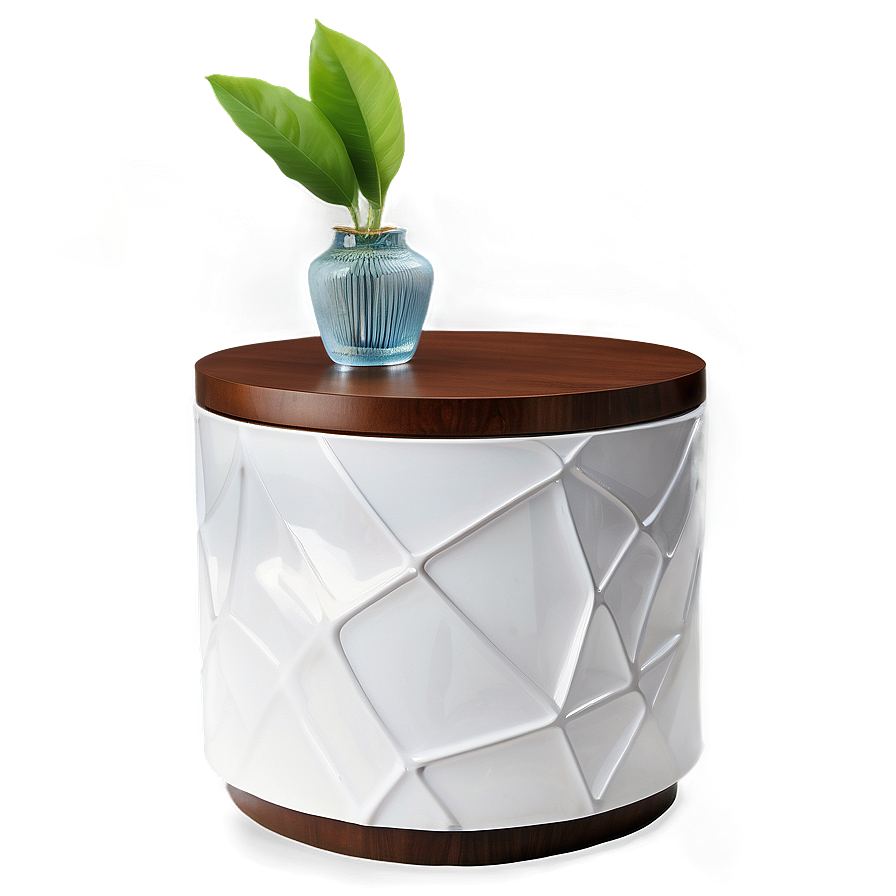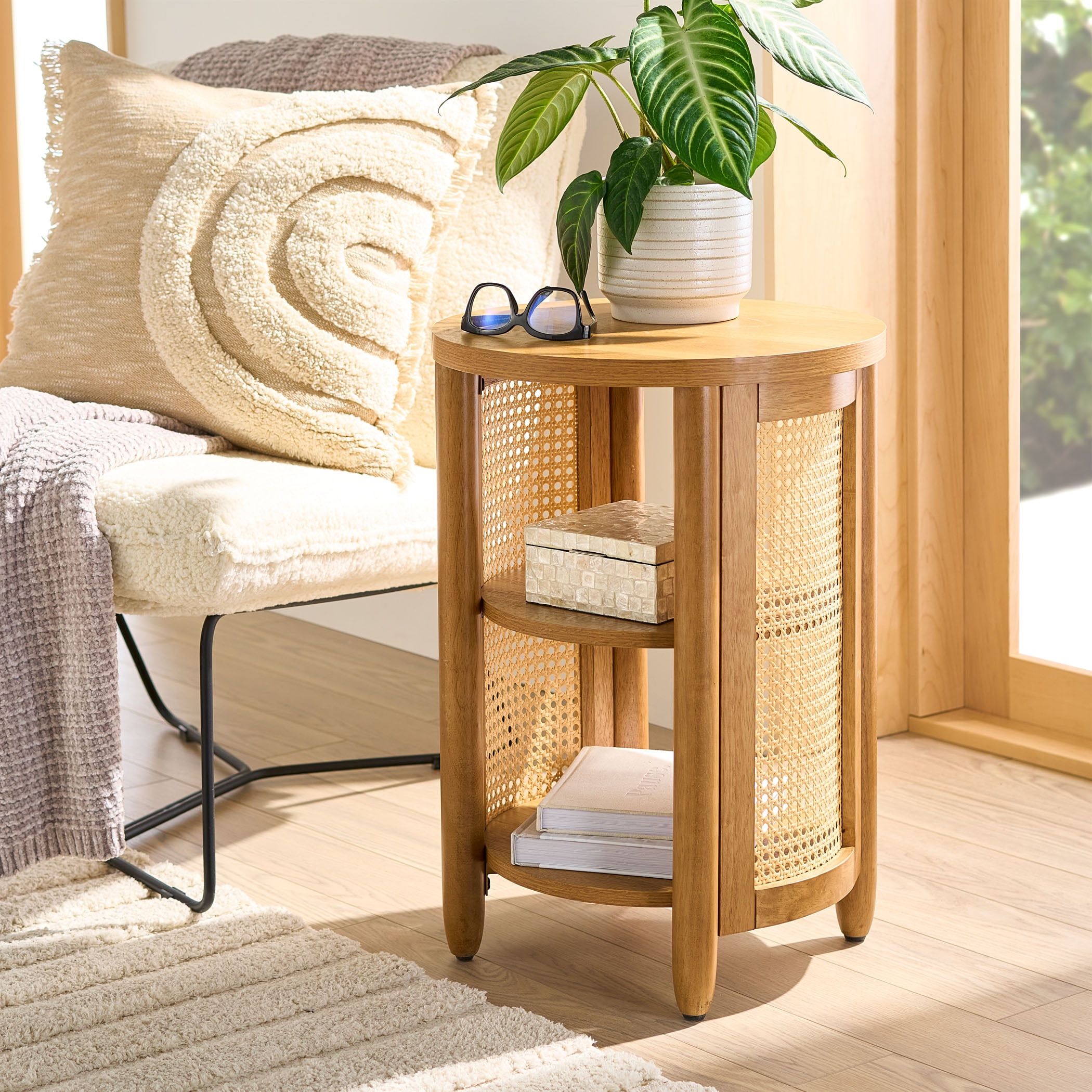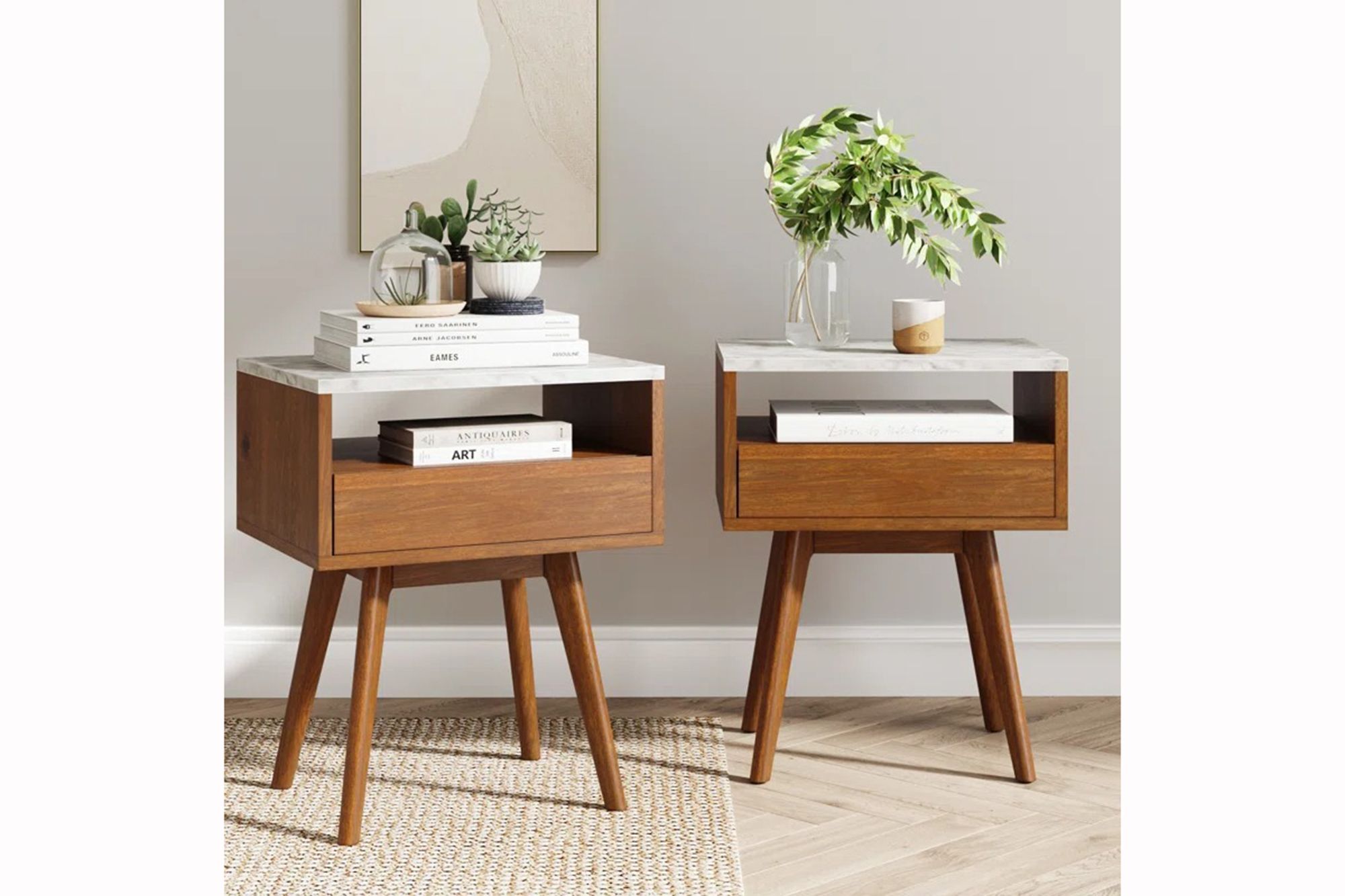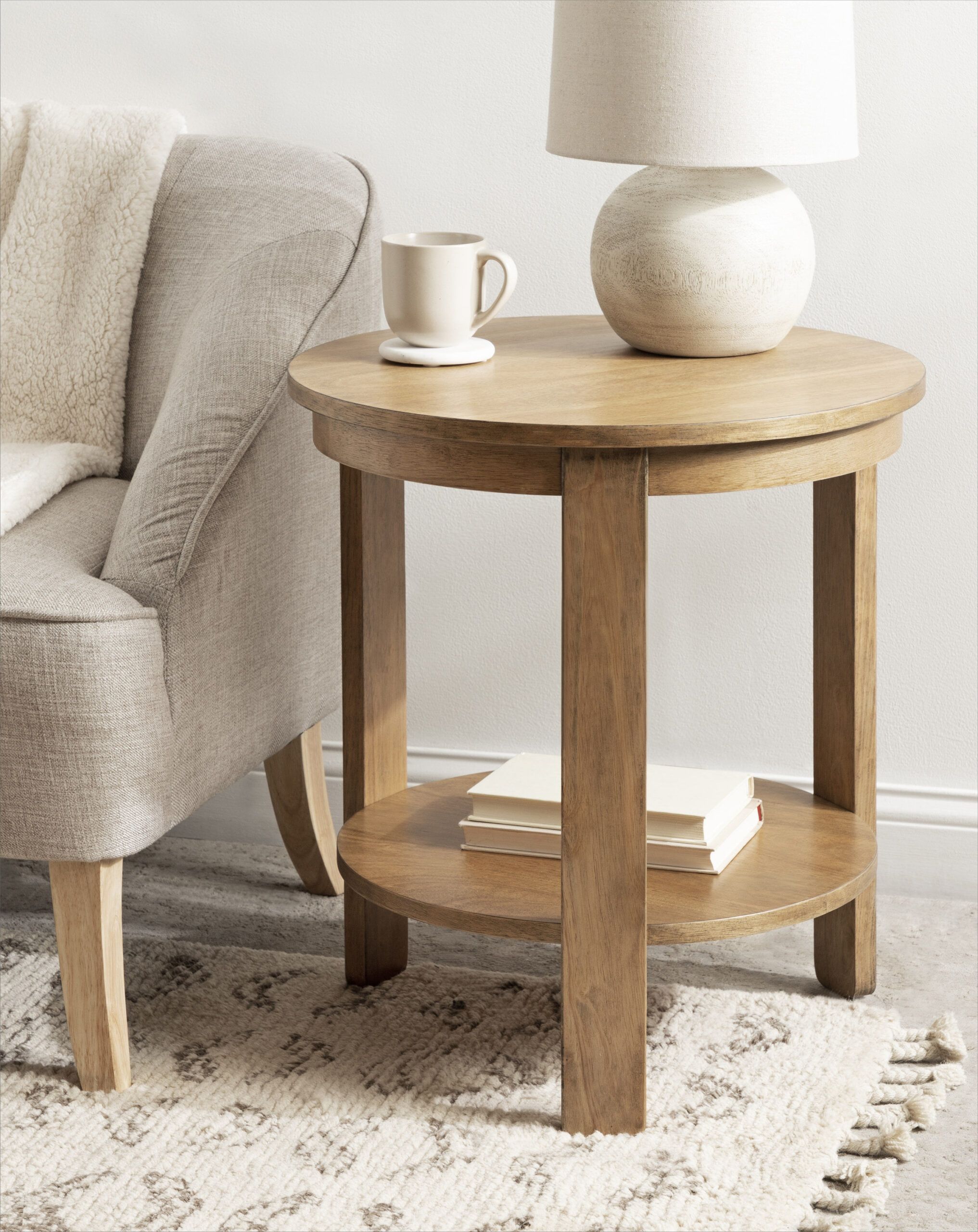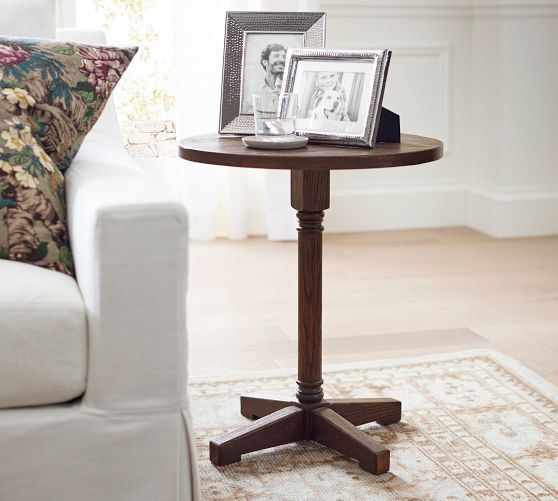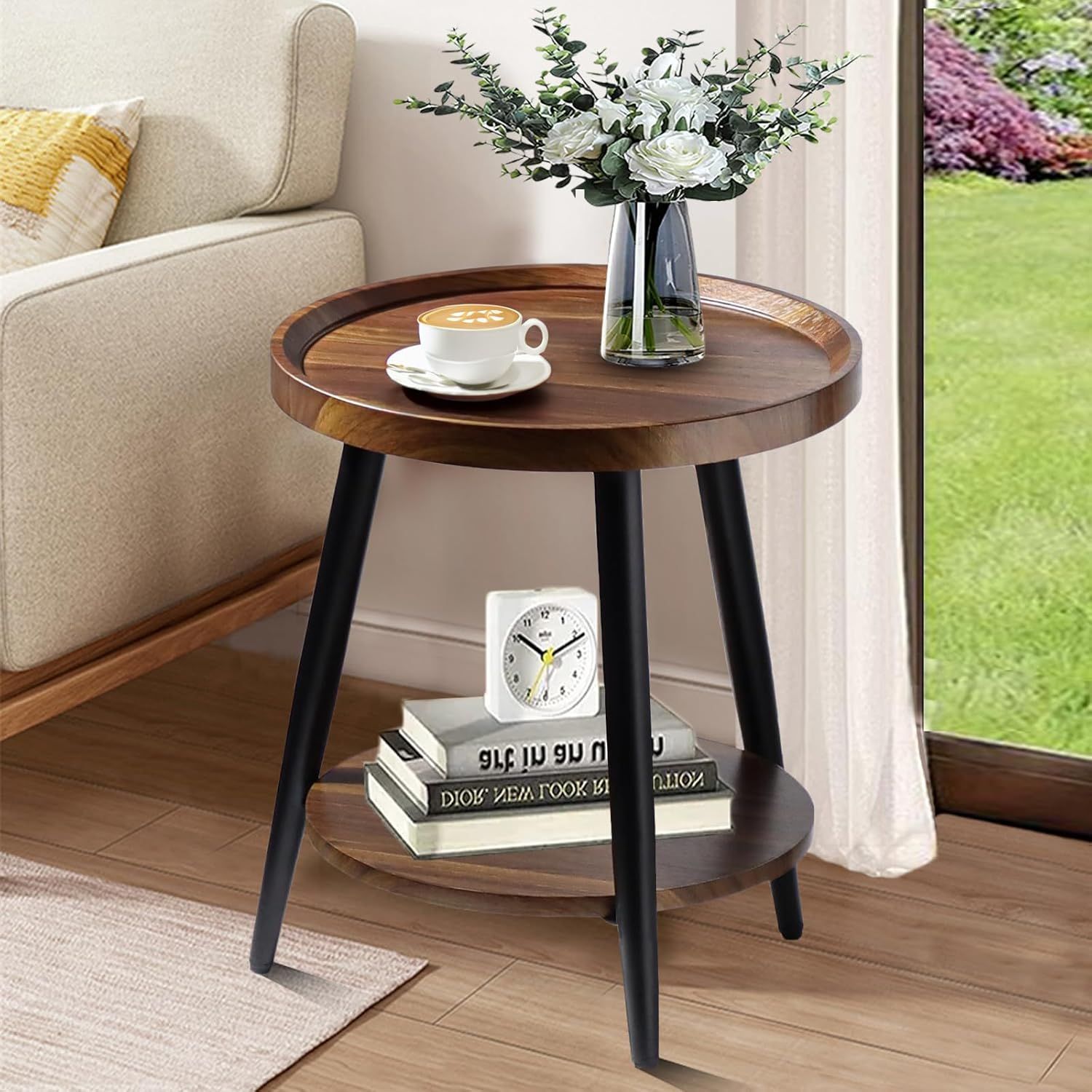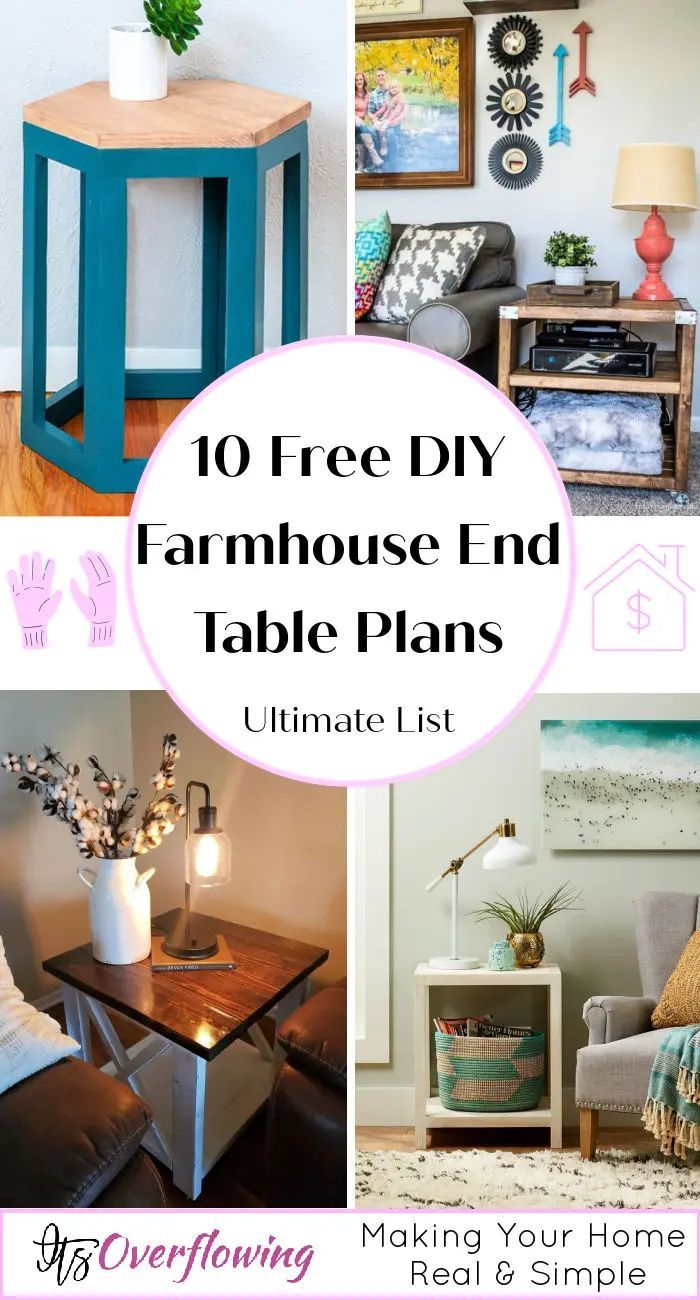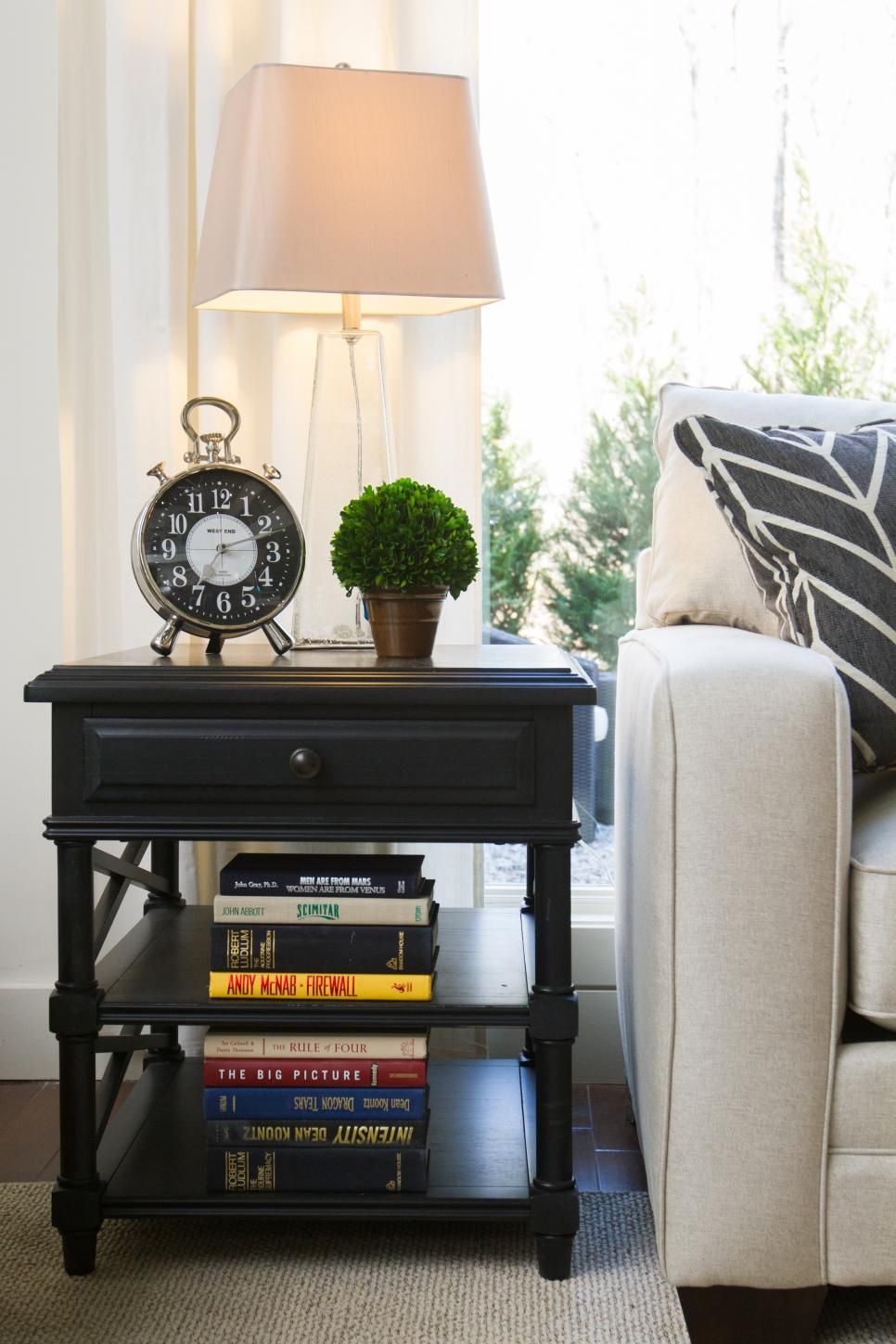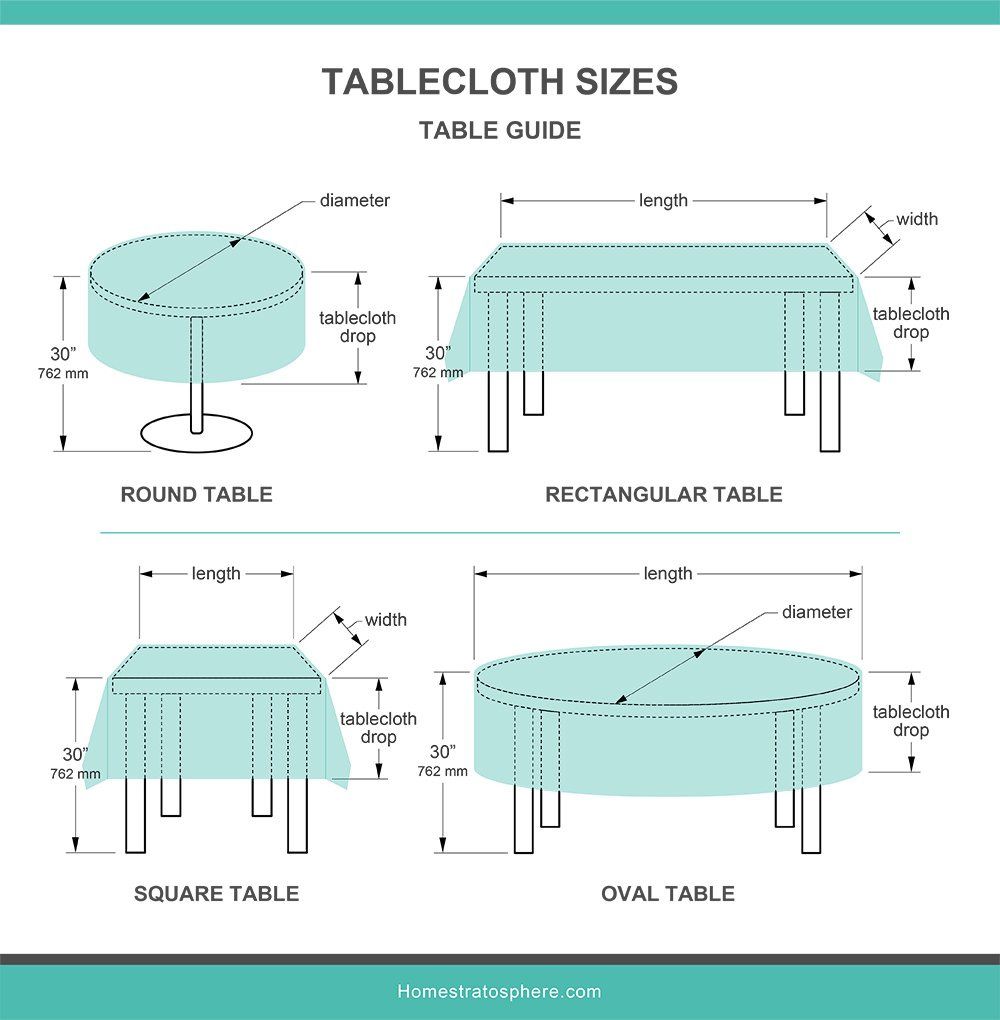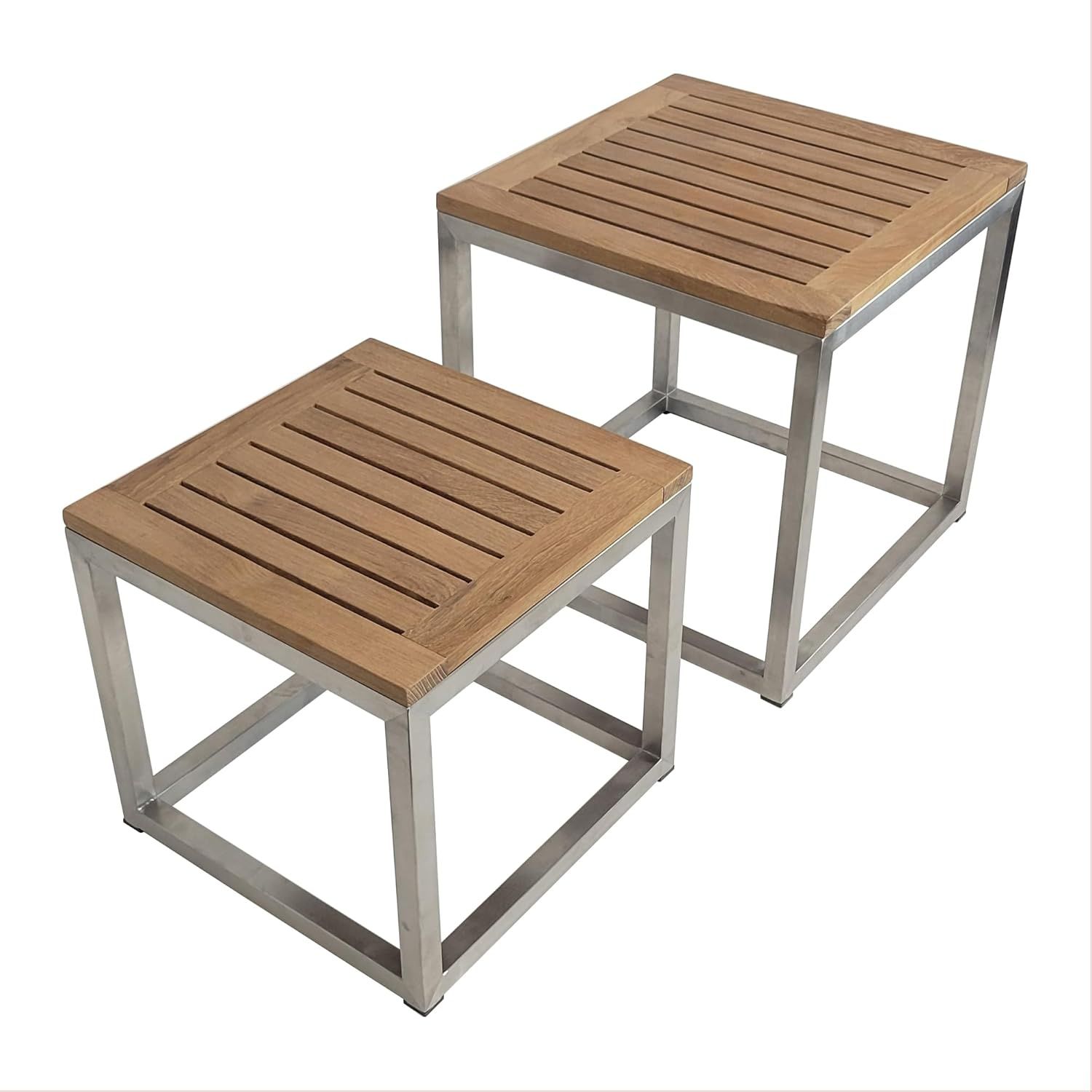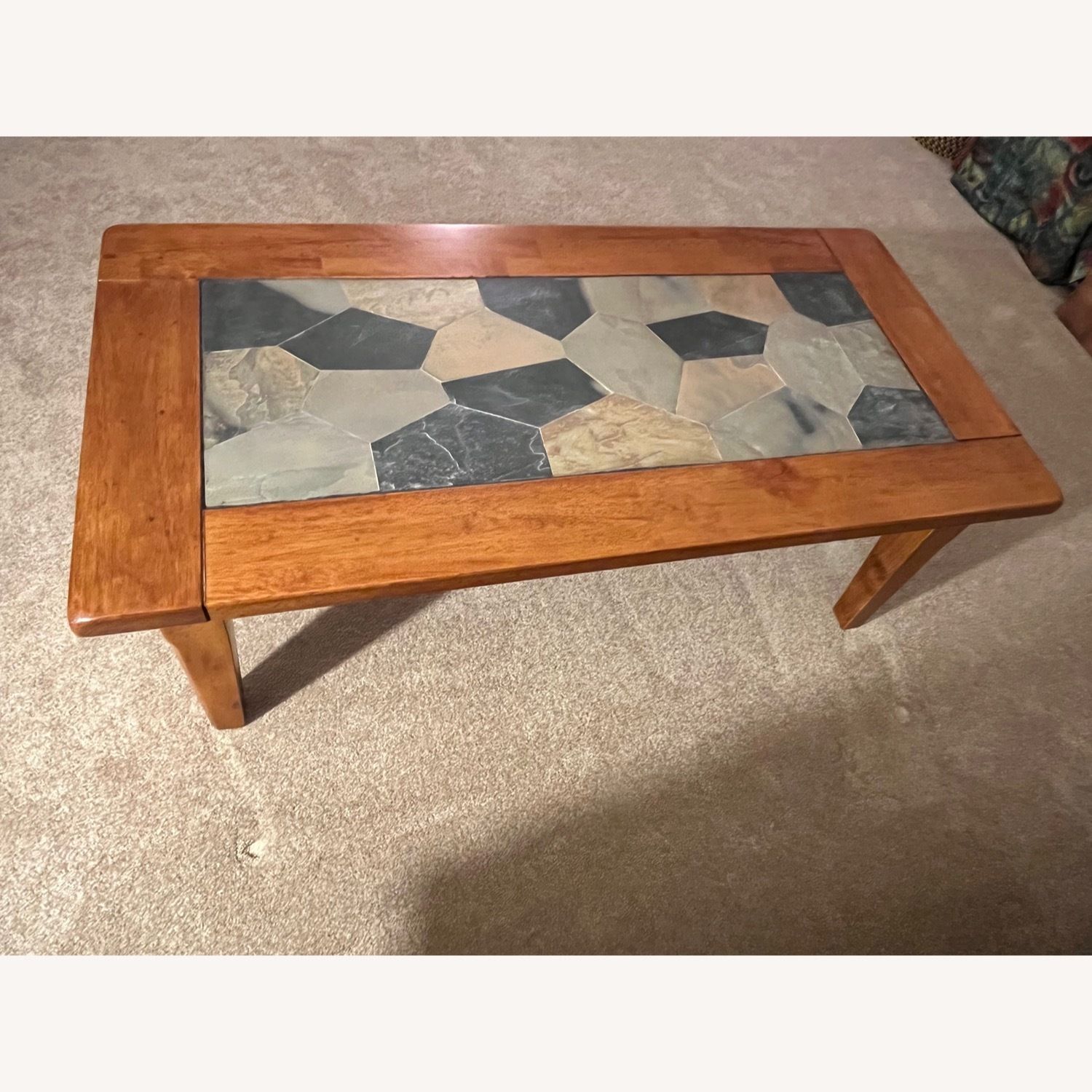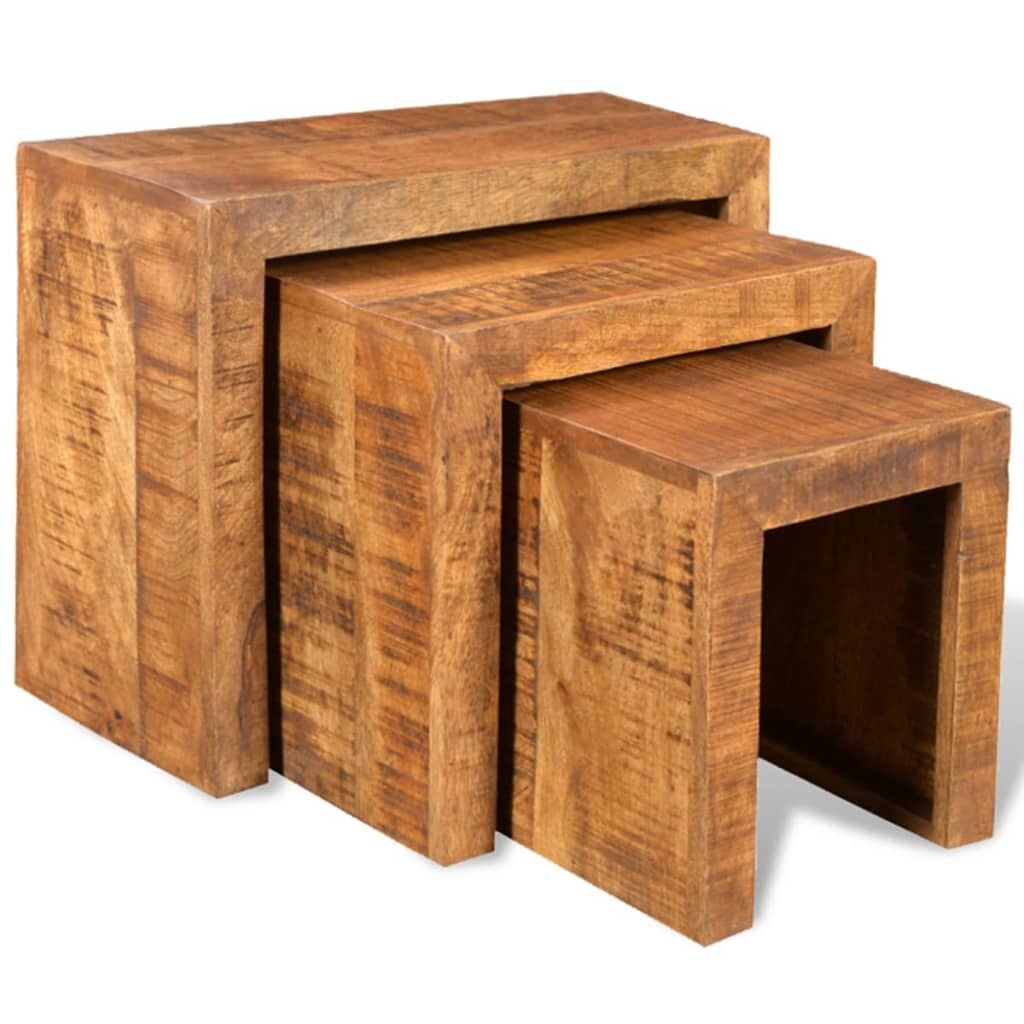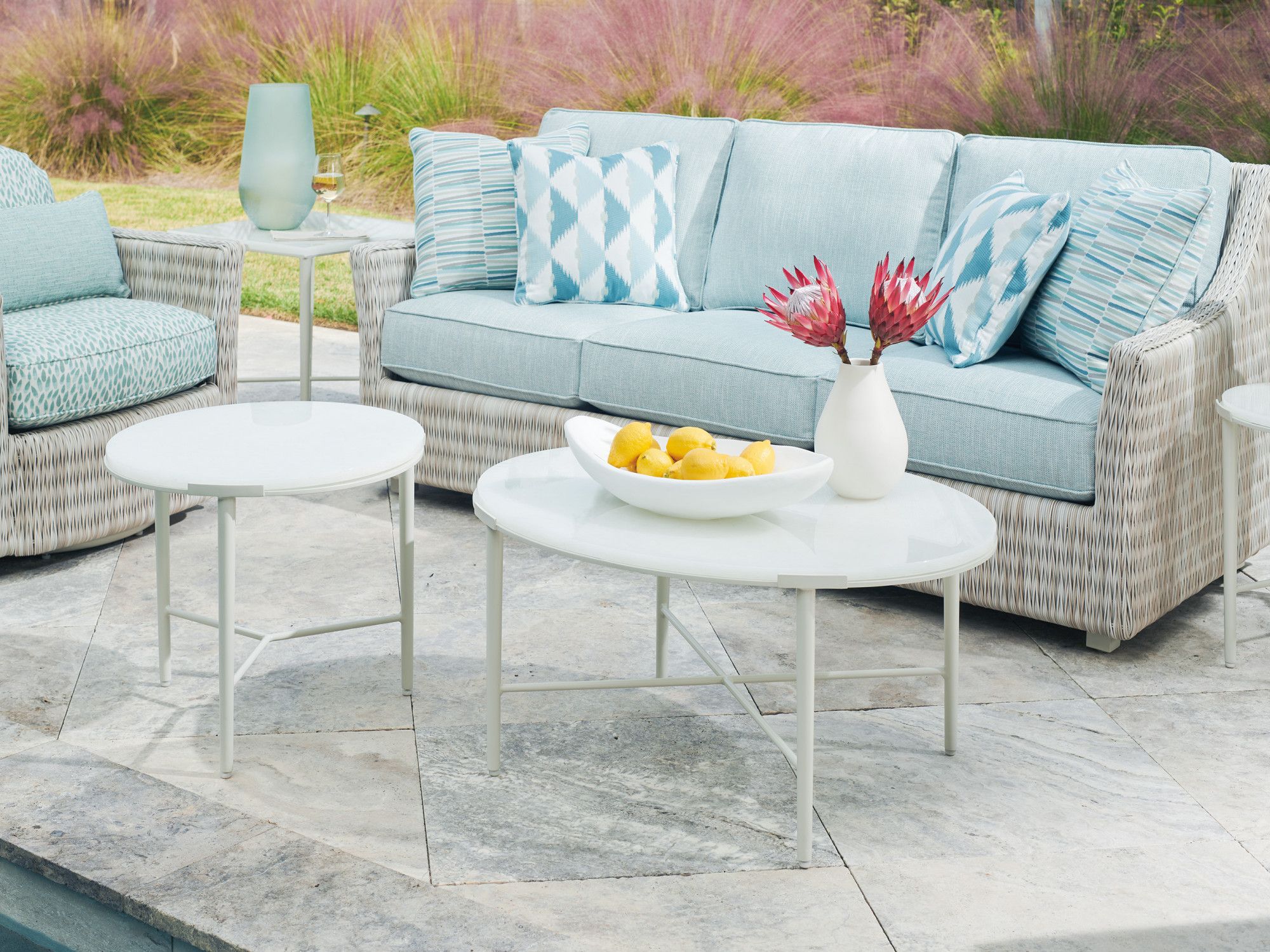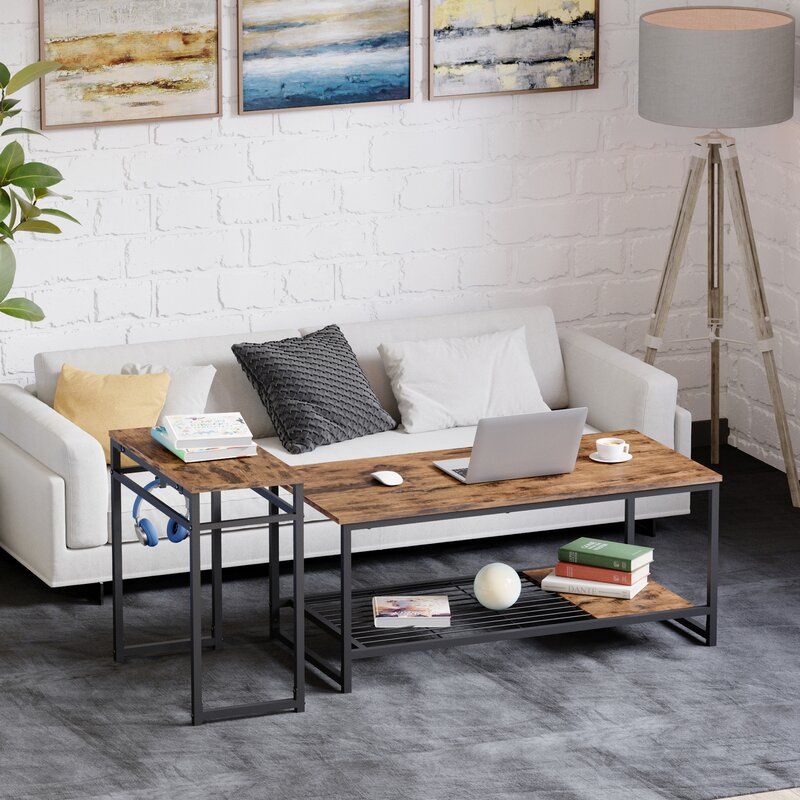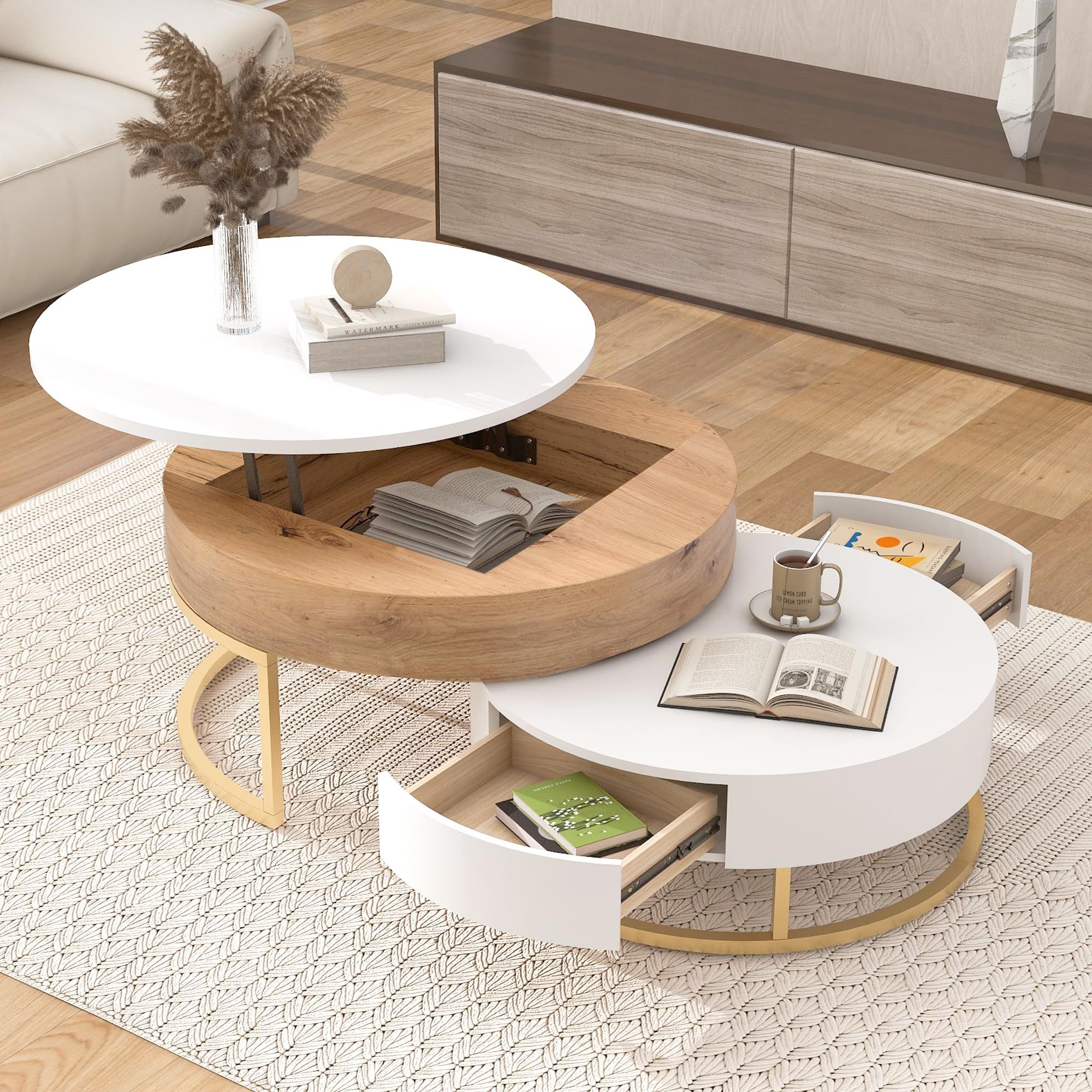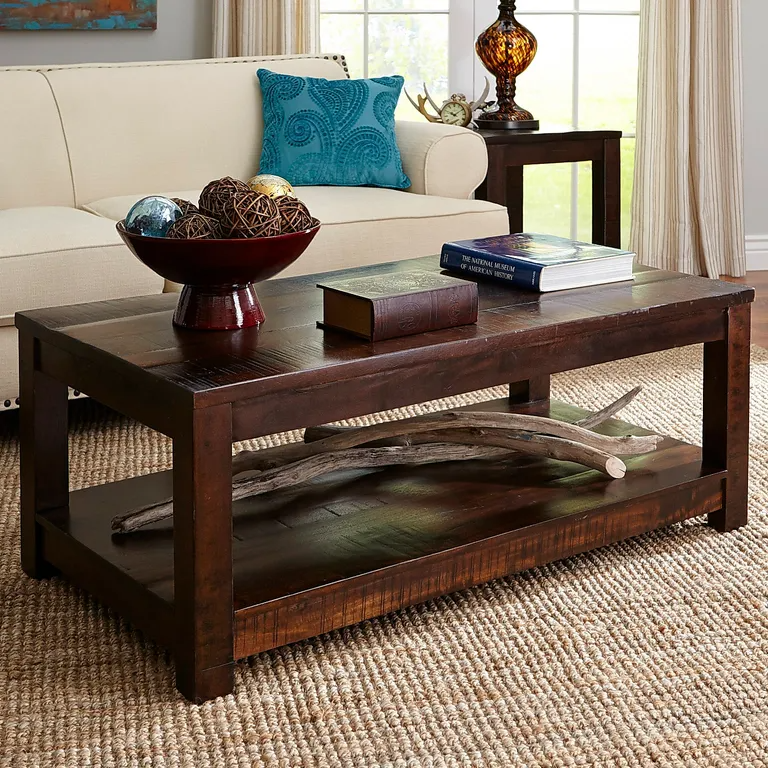For years, the side table stood alone, a solitary sentinel beside a sofa or bed. But as our understanding of interior design matures, we recognize the potent impact of thoughtful repetition and balance. Enter the paired side table – not just two tables, but a strategic design element that can redefine a room’s functionality and its very feel. It’s about more than just symmetry; it’s about creating visual rhythm, expanding utility, and injecting a sophisticated, deliberate touch into your living spaces.
As someone who’s spent decades immersed in the nuances of interior design, I can tell you that true mastery often lies in the seemingly simple choices. One such choice, often overlooked but incredibly impactful, is the use of paired side tables. This isn’t just about placing two identical tables on either side of a sofa; it’s a profound strategic move that unlocks a whole new level of design versatility. From creating visual balance and defining zones to multiplying practical surface area, paired side tables offer a sophisticated solution to common design dilemmas. Let’s delve into why these duos are so much more than the sum of their parts.
Symmetry and Balance: The Foundation of Visual Harmony
The most immediate and perhaps intuitive benefit of paired side tables is the instant sense of symmetry they introduce. Our brains are hardwired to appreciate balance, and by flanking a central piece – be it a sofa, a bed, or even a large armchair – with two complementary tables, you create an anchor point that feels inherently stable and pleasing. This isn’t just about aesthetics; it’s about establishing a visual equilibrium that makes a room feel calm and collected. Think of a living room where a grand sofa is flanked by two identical, perhaps minimalist, side tables. This arrangement immediately grounds the space, providing a framework that allows other design elements to shine without feeling chaotic. It’s a classic move for a reason, and it never fails to deliver a sense of order and sophisticated intent.
Expanded Functionality: More Than Just a Pretty Face
Beyond their visual appeal, paired side tables dramatically increase the functional capacity of a space. A single side table might hold a lamp and a book. Two side tables? Now you have double the surface area for drinks, remote controls, personal items, and decorative accents. This augmented utility is particularly valuable in high-traffic areas like living rooms, where multiple people might need a convenient surface. Imagine entertaining guests; with paired tables, everyone has a place for their beverage without needing to stretch or balance things precariously. This practical aspect is often underestimated, but it’s crucial for creating a comfortable and truly livable environment. It’s about making life easier and more elegant, all at once.
Defining Zones and Guiding Flow: A Subtle Spatial Strategy
Paired side tables can act as subtle yet powerful tools for defining distinct zones within an open-plan layout or even a larger room. By placing them at the edges of a seating arrangement, you effectively ‘draw a line’ around that area, signaling its purpose as a conversational or relaxation zone. This is especially useful in modern homes where traditional walls are often absent. For instance, two side tables flanking a sofa in the middle of a large great room clearly delineate the living area from the dining space or kitchen. They become visual bookends, guiding the eye and helping to establish a clear flow through the space without the need for physical barriers. It’s a clever trick that adds structure and intention to your layout.
Playing with Assortment and Contrast: Breaking the Rules Beautifully
While symmetry is a powerful starting point, the true versatility of paired side tables emerges when you begin to play with variation. ‘Paired’ doesn’t always mean ‘identical.’ You can use two tables that are similar in height and scale but differ in material, texture, or even shape to create a more dynamic and intriguing look. Maybe a sleek metal table on one side and a rustic wood stump on the other, both serving the same function but adding different visual interest. This approach adds depth and personality, preventing the space from feeling too predictable or ‘matchy-matchy.’ It’s about creating a harmonious dialogue between two distinct pieces, proving that sometimes, the most interesting pairs are those with delightful contrasts. This is where the true artistry of design comes in, allowing for a more personalized and layered aesthetic.
Styling the Duo: From Cohesive to Curated
Styling paired side tables offers another layer of design opportunity. You can choose to style them identically for a truly cohesive and formal look – perhaps matching lamps and a single decorative object on each. Or, you can opt for a more curated, asymmetrical approach while maintaining overall balance. For example, a lamp on one table and a stack of books with a small sculpture on the other. The key is to ensure that while the individual items may differ, the overall visual weight and height distribution remain balanced. This allows for personality to shine through while still honoring the foundational principle of harmony. Think of them as individual canvases within a larger, unified artwork. Don’t be afraid to experiment; sometimes the best discoveries come from unexpected pairings of objects.
Practical Considerations and Pitfalls to Avoid
When choosing and placing paired side tables, there are a few practicalities to keep in mind. First, consider the scale: tables should be roughly the same height as the arm of the sofa or bed they flank. Too tall or too short, and they’ll look awkward. Second, think about proportion relative to the main furniture piece; don’t let them overwhelm or disappear. Third, assess the traffic flow. Ensure the tables don’t impede movement or make the space feel cramped. And finally, don’t forget the material and finish. They should either complement or thoughtfully contrast with the surrounding furniture and decor. A common mistake is choosing tables that are too small and end up looking like an afterthought, rather than an integral part of the design. Always measure twice, and visualize how they’ll fit into your daily life.
In the grand tapestry of interior design, the paired side table might seem like a minor thread, but its impact is anything but. It’s a testament to the idea that thoughtful repetition and strategic placement can profoundly transform a space, adding layers of functionality, balance, and visual sophistication. From the simple elegance of perfect symmetry to the intriguing charm of complementary contrasts, the versatility of two side tables working in concert is truly remarkable. So, next time you’re contemplating a single side table, pause. Consider the power of the pair. You might just unlock a design potential you never knew existed, creating a home that feels more cohesive, more functional, and undeniably more beautiful. It’s a small change with a massive return on investment in terms of style and livability.
